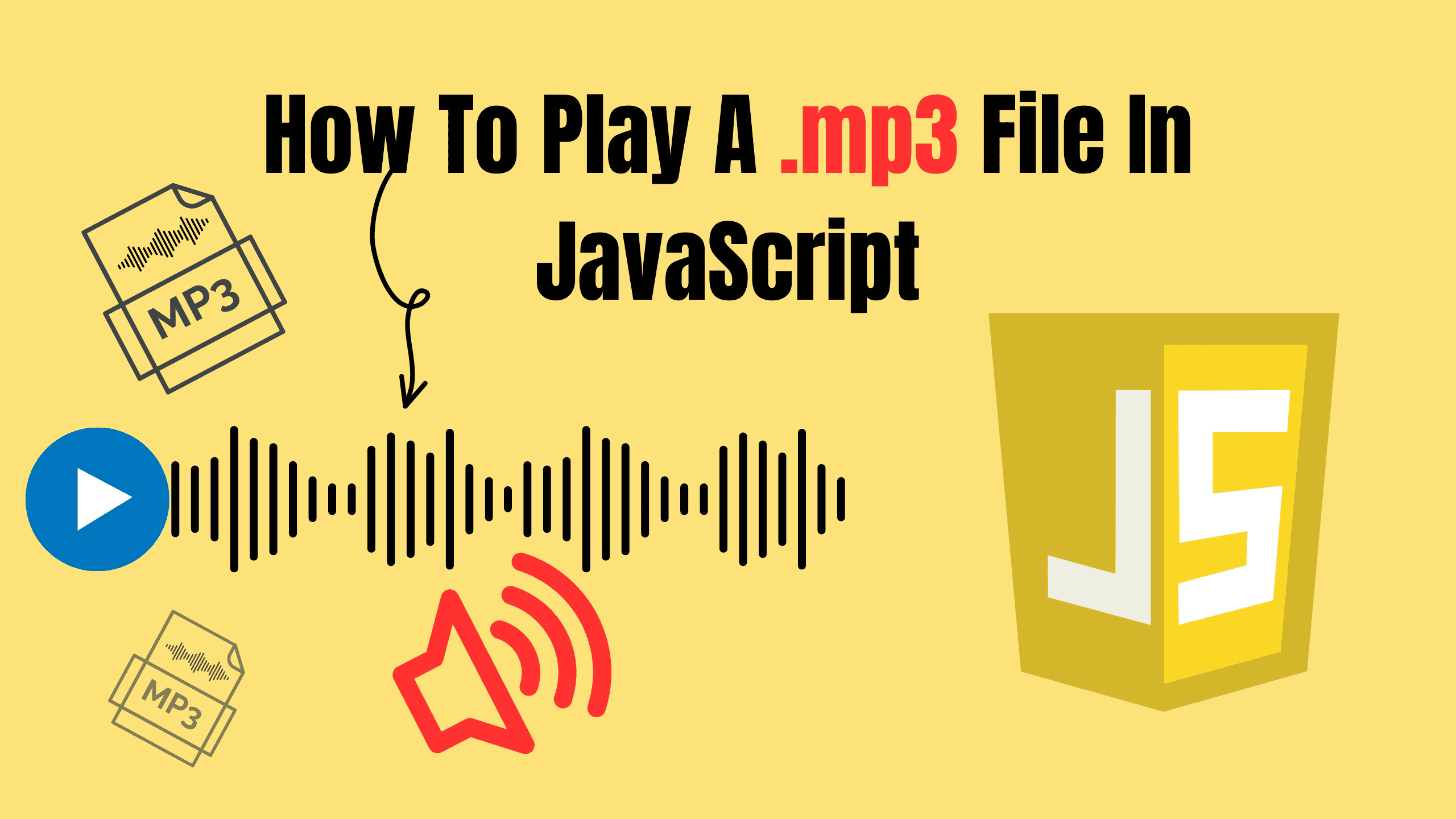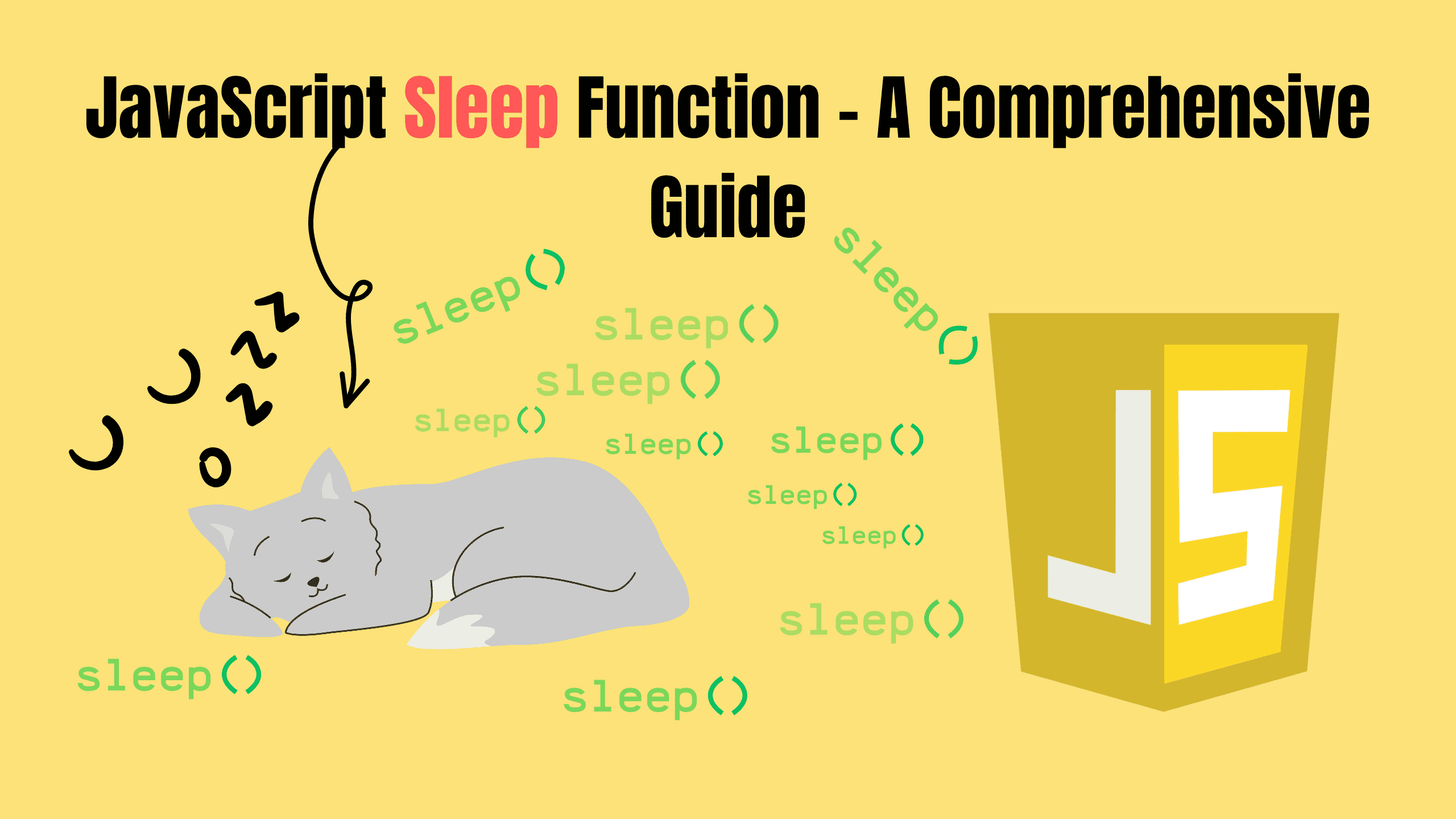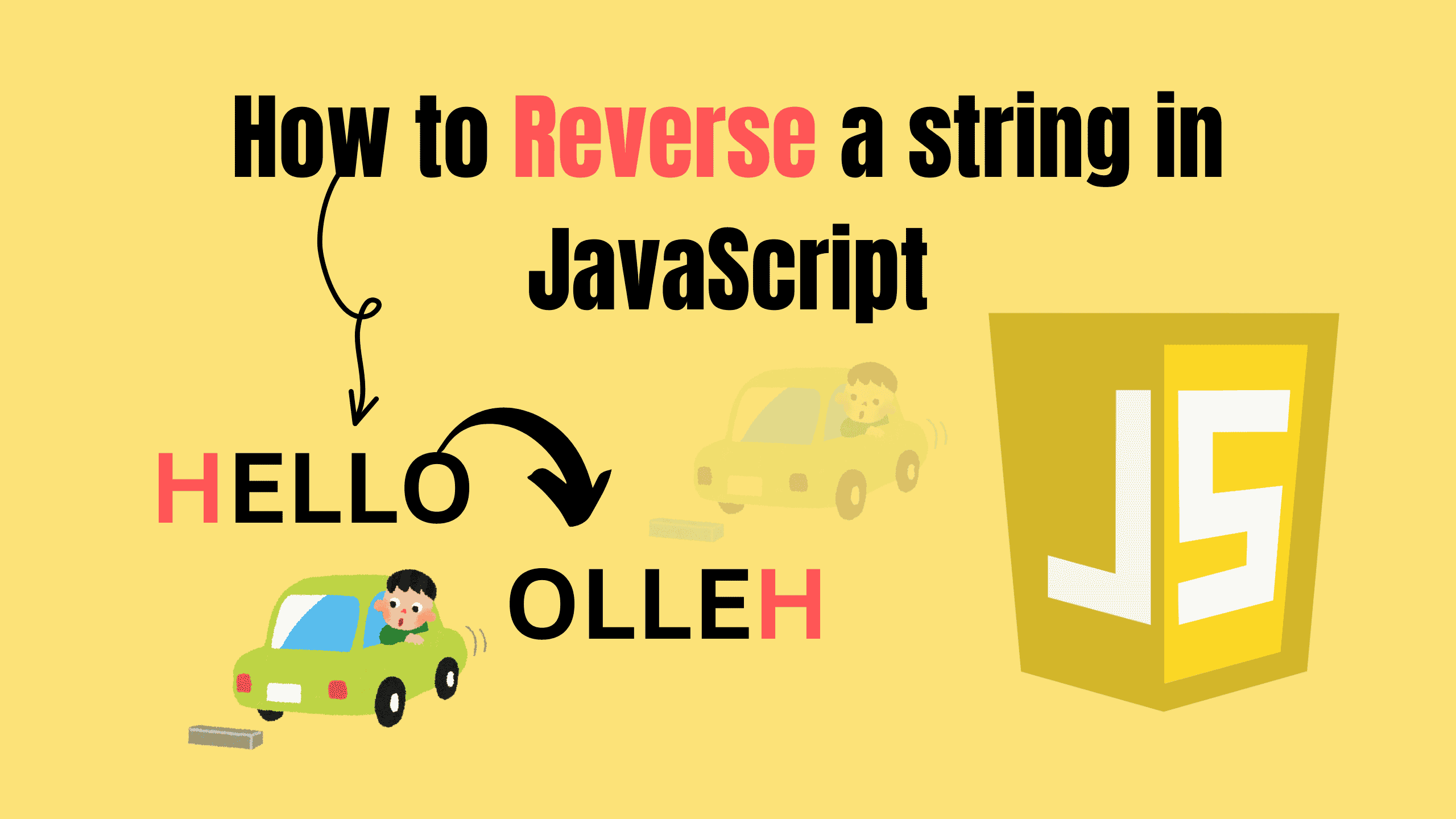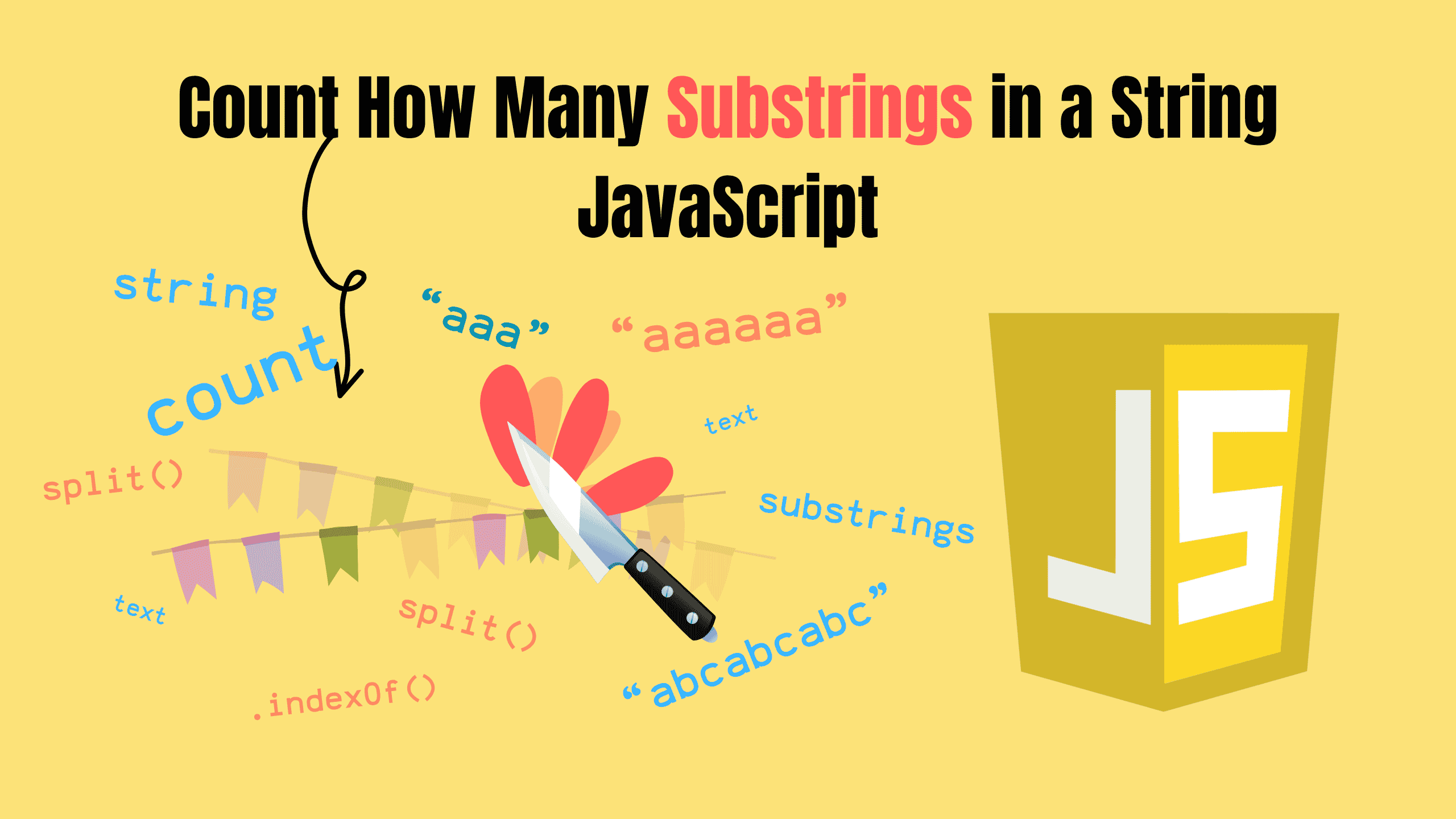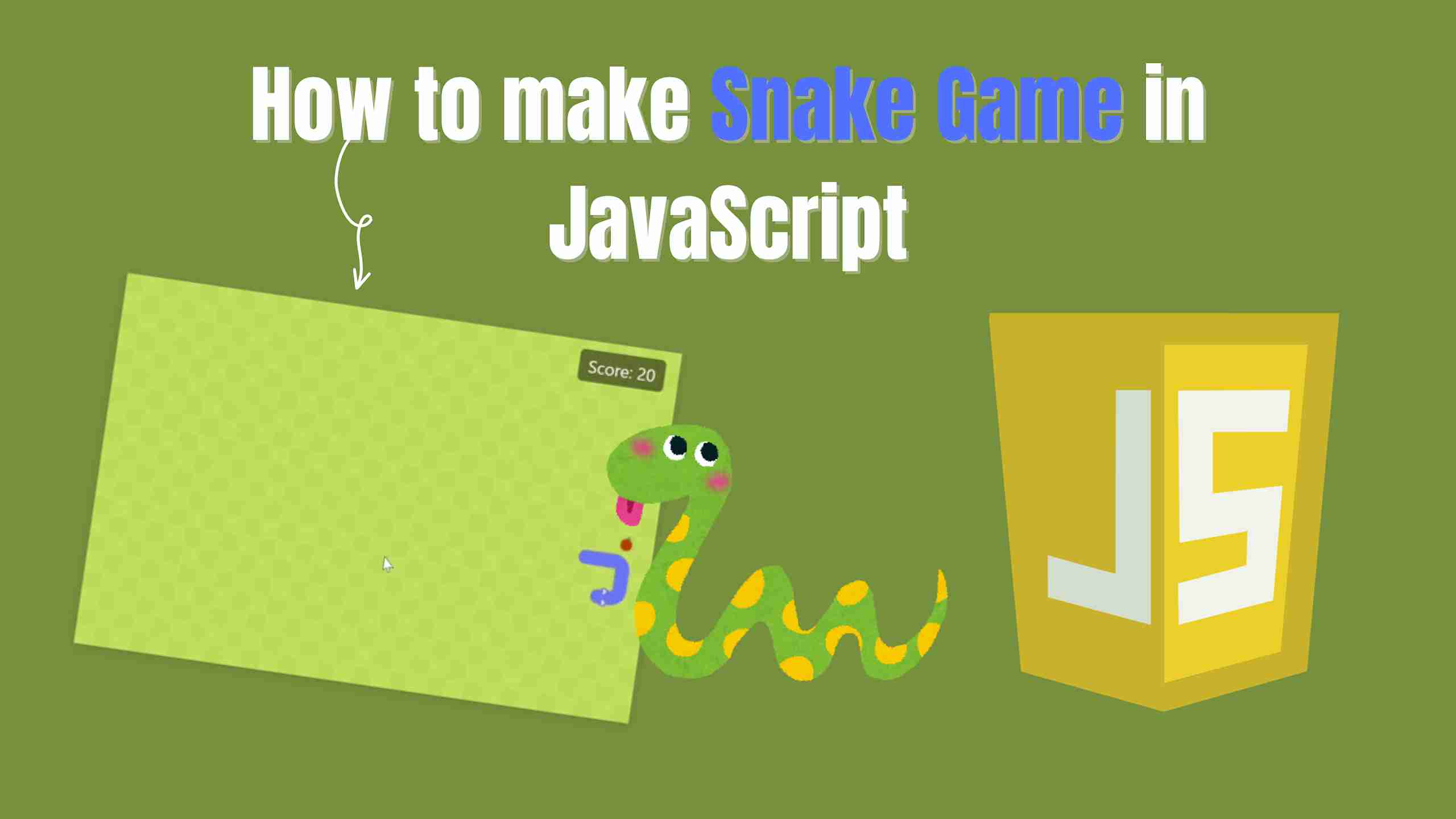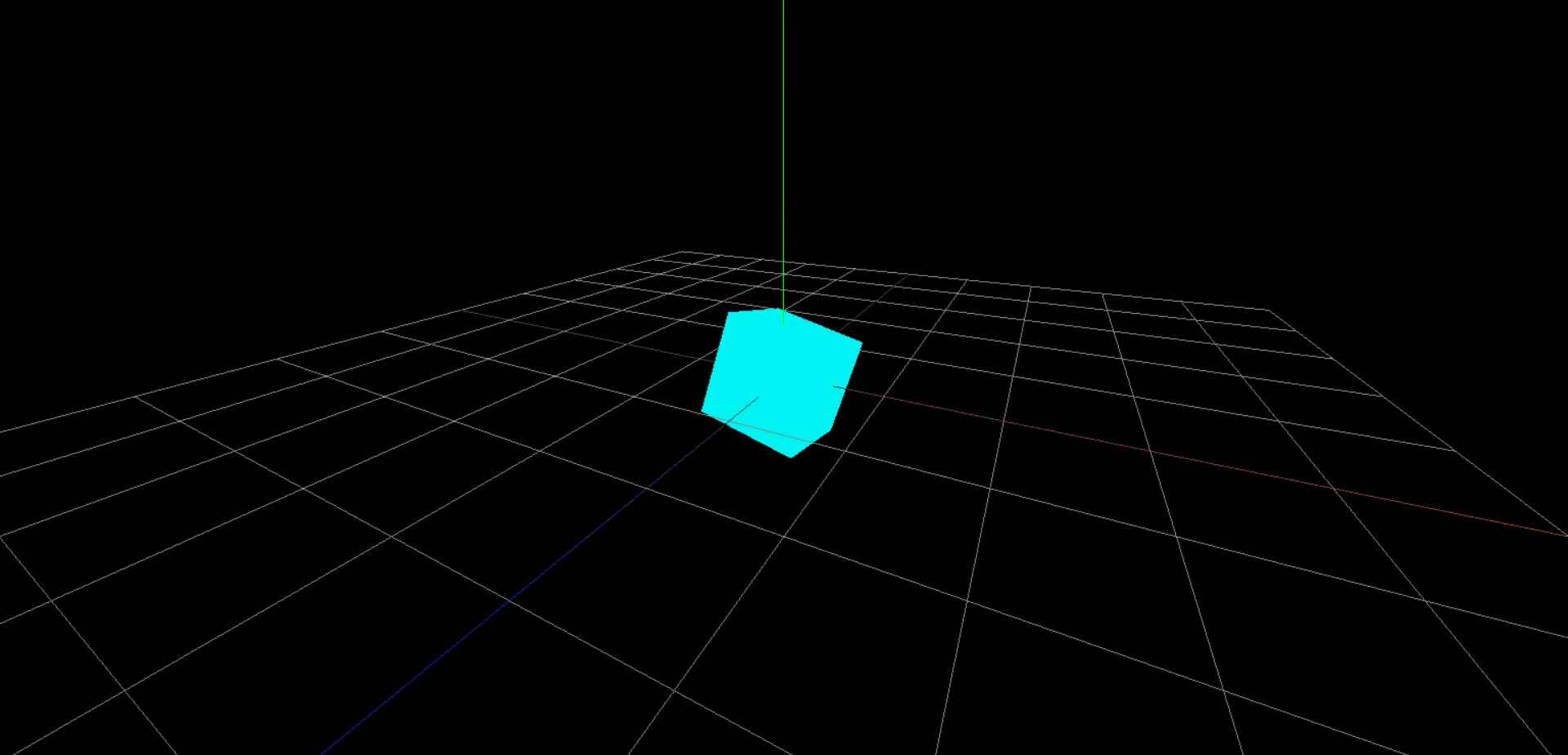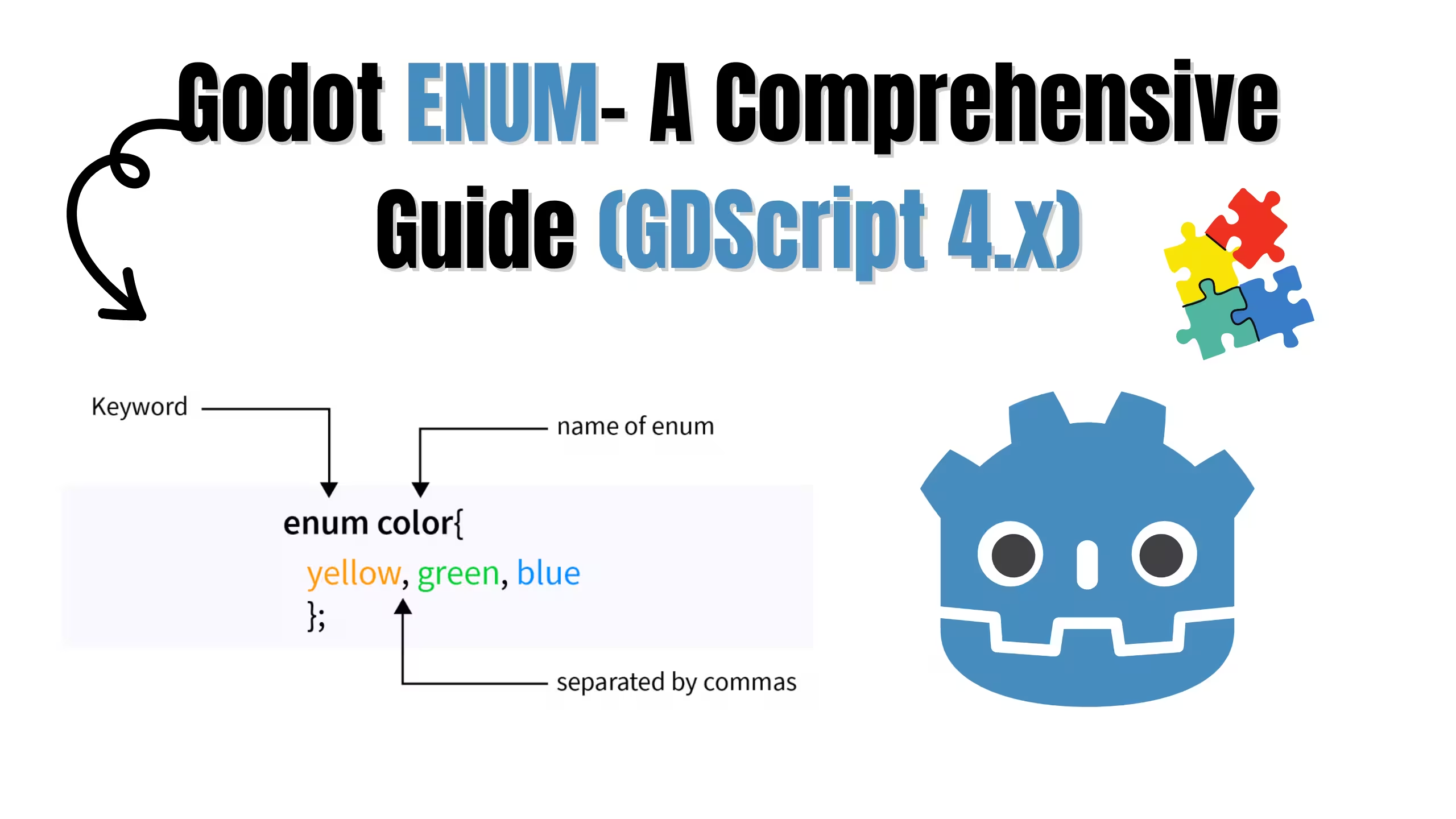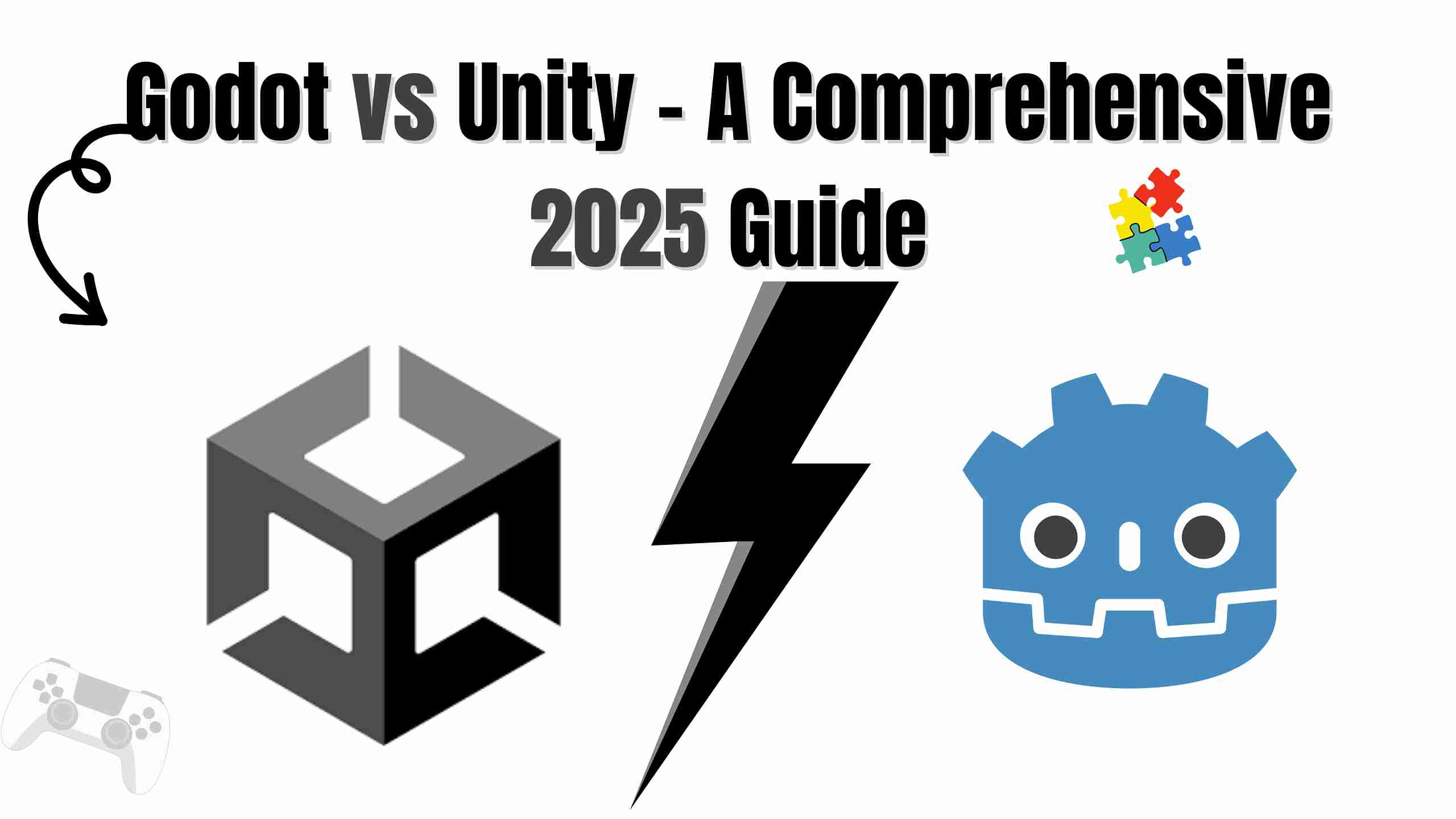Top 5 Best JavaScript Frameworks for Browser Game Development
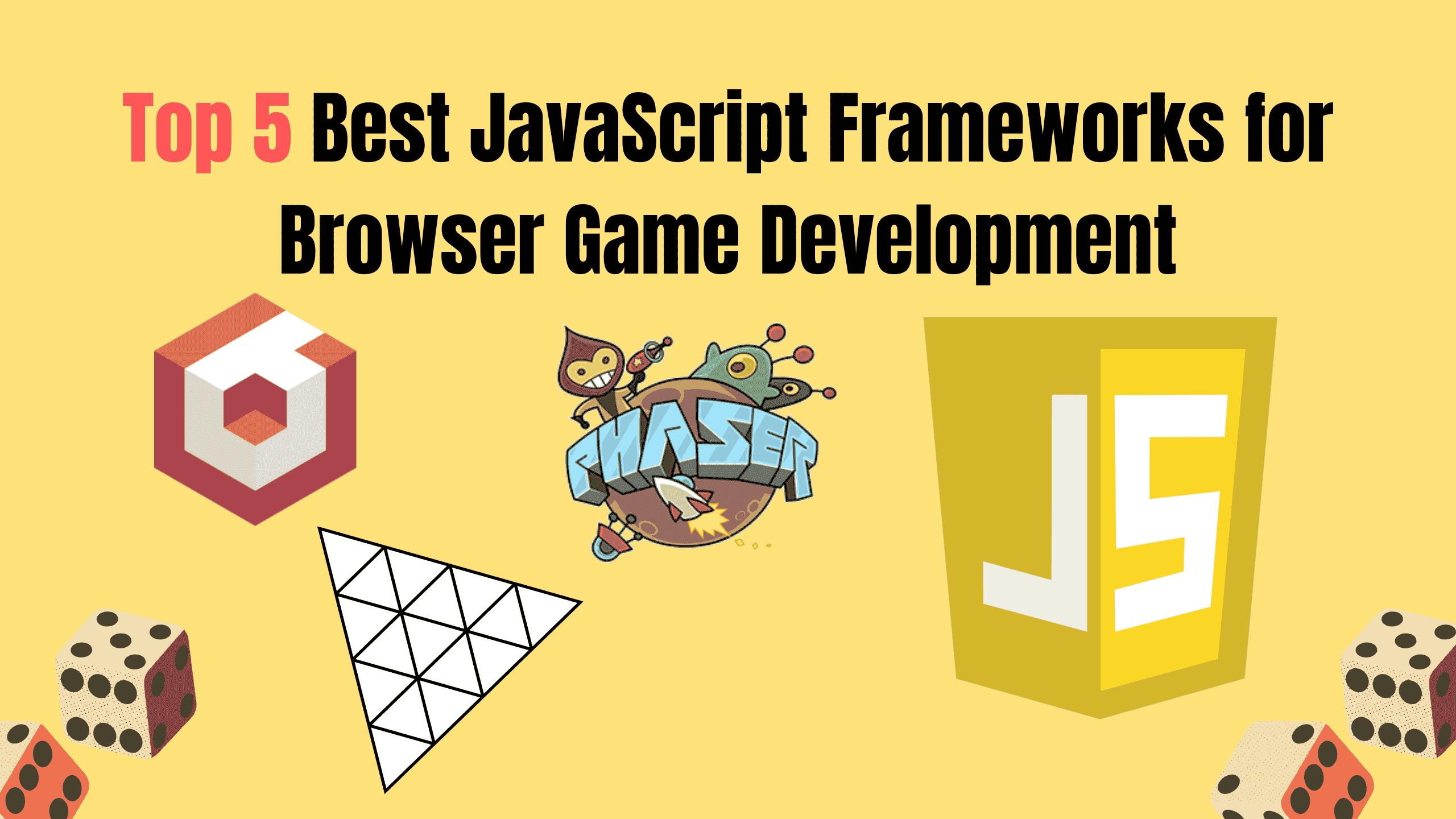
Game development is a thrilling frontier, and the browser has become an exciting playground for interactive, high-quality games. JavaScript frameworks make it easy to start, whether you’re building a casual puzzle or a high-performance action game.
Here’s a roundup of the Top 5 best JavaScript frameworks that empower developers to create fantastic browser games without breaking a sweat.
What Are the Best JavaScript Frameworks?
These are the best JavaScript Frameworks that should be used to develop browser games:
What is a JavaScript Framework?
A JavaScript framework is a collection of pre-written code libraries, tools, and components that simplify game development tasks. These frameworks offer built-in features like rendering graphics, handling physics, managing animations, and processing user inputs, so developers can focus more on game design rather than coding every function from scratch.
1. Phaser.js
Phaser.js is a highly popular and versatile framework for creating 2D games. Known for its robust functionality, Phaser.js provides a wide variety of features: physics engines, animations, input handling, and more. With WebGL and Canvas rendering, it supports games across devices and runs seamlessly in the browser.
Highlights:
- Built-in physics (Arcade, Matter.js)
- Powerful plugin system
- Extensive documentation and community
- Great for mobile compatibility and scaling
Why Choose Phaser?
If you’re looking for a framework with comprehensive tools for both novice and advanced developers, Phaser.js will be your go-to.
2. Babylon.js
Babylon.js takes JavaScript 3D gaming to the next level. This powerful framework lets you create, render, and animate 3D objects in the browser, making it ideal for high-quality, immersive experiences. Babylon also offers support for WebXR, making it perfect for VR and AR projects.
Highlights:
- WebXR and VR/AR support
- PBR (Physically Based Rendering) for realistic textures
- Optimized for high performance
- Extensive library for 3D assets
Why Choose Babylon.js?
If you want to create stunning 3D visuals and interactive worlds, Babylon.js is a top choice.
3. Three.js
While not specifically a game engine, Three.js is a JavaScript library focused on 3D rendering. It’s widely used for creating realistic 3D visuals and animations that can run on the web. With Three.js, you can easily integrate custom shaders and realistic lighting for impressive in-game effects.
Highlights:
- Superb lighting and shader capabilities
- Great for creating 3D models and interactive experiences
- Highly customizable for advanced developers
Why Choose Three.js?
If visuals are your primary concern, Three.js provides stunning rendering options for lifelike 3D environments.
4. PixiJS
PixiJS is a popular 2D rendering engine that’s optimized for speed. It’s perfect for games that need to run at high frame rates, like arcade or platformer games. Although it’s not a full game engine, PixiJS pairs excellently with other libraries to create complete gaming experiences.
Highlights:
- Blazing-fast rendering performance
- Supports WebGL and Canvas
- Lightweight and modular
Why Choose PixiJS?
If performance and speed are essential, PixiJS provides a foundation to build a smooth and responsive game.
5. A-Frame
A-Frame is an open-source framework for building WebVR experiences. Built on top of Three.js, A-Frame simplifies the process of developing VR games and interactive experiences for the web. With WebXR support, it’s an ideal framework for creating immersive browser-based VR worlds.
Highlights:
- Simple markup syntax for creating 3D scenes
- WebXR support for VR and AR
- Great for creating VR-ready games without heavy coding
Why Choose A-Frame?
If you’re interested in VR, A-Frame makes it accessible for web developers looking to create engaging, immersive games.
Conclusion
Each of these frameworks has its strengths, whether you’re focusing on 2D simplicity, 3D realism, VR experiences, or collaborative development. Consider your project goals and technical expertise when choosing the right framework.
With these powerful JavaScript game frameworks at your fingertips, you’ll be set to create games that captivate players, no matter the platform!
Follow and Support me on Medium and Patreon. Clap and Comment on Medium Posts if you find this helpful for you. Thanks for reading it!!!


